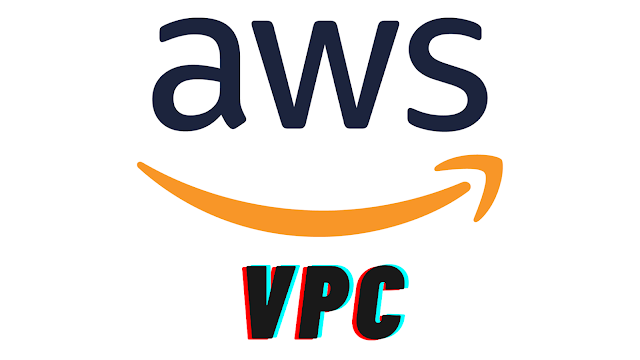Navigating the Cloud: OpenShift vs. Kubernetes
Introduction:
In the ever-evolving world of container orchestration, two heavyweights have emerged - OpenShift and Kubernetes. Both are popular choices for managing and deploying containerized applications, but they have distinct features that set them apart. In this article, we'll explore the advantages and disadvantages of OpenShift and Kubernetes in simple terms to help you make an informed decision for your cloud journey.
Kubernetes - The Trailblazer:
Kubernetes, often dubbed as "K8s," is an open-source container orchestration platform that has become the de facto standard in the industry. Its strength lies in its simplicity and robustness. Kubernetes provides a flexible and extensible framework for orchestrating containers, making it an excellent choice for managing complex, microservices-based applications.
Advantages of Kubernetes:
Community Support: Kubernetes boasts a vast and active community. This means a wealth of resources, documentation, and support. If you encounter a problem, chances are someone else has faced it too, and a solution is readily available.Flexibility: Kubernetes is known for its flexibility. It doesn't tie you down to a specific cloud provider or infrastructure. You can run Kubernetes clusters on-premises, in the cloud, or in hybrid environments, giving you the freedom to choose the best setup for your needs.
Ecosystem: The Kubernetes ecosystem is rich with tools and extensions. This allows you to customize your deployment with a wide range of plugins, making it adaptable to various use cases and requirements.
Disadvantages of Kubernetes:
Steep Learning Curve: The versatility of Kubernetes comes at a cost. Setting up and configuring a Kubernetes cluster can be complex, and understanding all its features may take time.
Resource Intensive: Kubernetes can be resource-intensive, especially for smaller projects. The overhead of running a full-fledged Kubernetes cluster may not be justified for simple applications.
OpenShift - Kubernetes with Extras:
OpenShift, developed by Red Hat, builds on top of Kubernetes, adding additional features and tools to simplify container orchestration and application development. It's like Kubernetes with a few extra goodies.
Advantages of OpenShift:
Integrated DevOps Tools: OpenShift comes with built-in tools for continuous integration and continuous deployment (CI/CD), making it a comprehensive solution for end-to-end application development and deployment.
Enhanced Security: Security is a top priority for OpenShift. It provides additional security features, such as role-based access control (RBAC) and integrated container scanning, to help you keep your applications and data secure.
Developer-Friendly: OpenShift is designed to be more developer-friendly than vanilla Kubernetes. It offers features like source-to-image (S2I) for simplified application builds and an integrated web console for easy management.
Disadvantages of OpenShift:
Cost: The added features and enterprise support that come with OpenShift may result in higher costs compared to running a bare-bones Kubernetes cluster. For some organizations, this extra cost may be a deterrent.
Dependency on Red Hat: OpenShift is tightly associated with Red Hat, which means users are somewhat tied to Red Hat's release cycles and support agreements. This may limit flexibility for those who prefer a more vendor-agnostic approach.
Conclusion:
Choosing between OpenShift and Kubernetes depends on your specific needs and preferences. Kubernetes, with its widespread adoption and large community, is an excellent choice for those who value flexibility and community support. On the other hand, OpenShift, with its integrated tools and enhanced security features, may be the right fit for organizations looking for a more comprehensive and developer-friendly solution.
In the end, both OpenShift and Kubernetes have their strengths and weaknesses, and the choice boils down to finding the balance that aligns with your organization's goals and priorities in the dynamic landscape of container orchestration.




Comments
Post a Comment